Paula Murphy considers the work of Irish American Edmond T Quinn, one of the leading sculptors of his generation
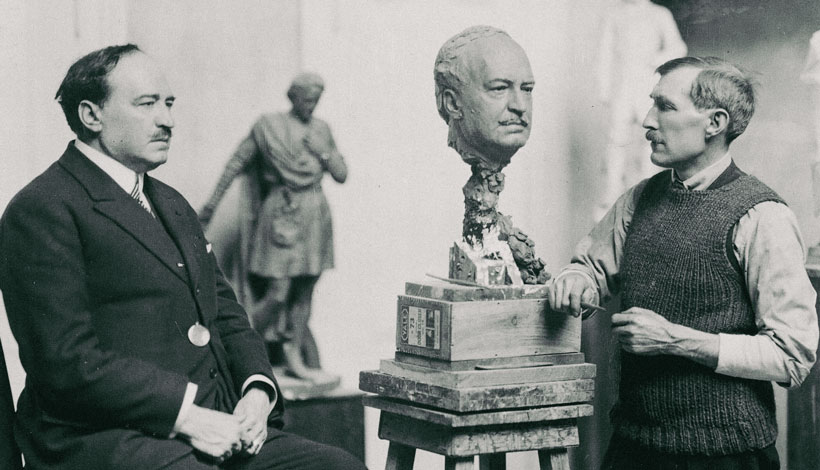
Paula Murphy considers the work of Irish American Edmond T Quinn, one of the leading sculptors of his generation
When John Butler Yeats died in New York in February 1922, it was local sculptor Edmond T Quinn who was called upon to make his death mask. Quinn, who had known Yeats, subsequently informed the painter’s friend, renowned American lawyer and art collector John Quinn (no relation), that a replica of the mask in bronze was to be sent to the Yeats sisters. The lawyer considered this to be inappropriate, asserting that ‘a death mask is a very valuable thing for a sculptor in making a bust or a portrait of a man’, not something for the family. The death mask did cross the Atlantic, however, and is today in the Yeats Memorial Building in Sligo.
This is not the only work by the Irish American sculptor Quinn in Ireland. Dublin City Gallery The Hugh Lane has in its collection a bronze bust of writer Padraic Colum (Fig 1). Papers in the gallery’s archive reveal that the bust was donated to the Hugh Lane in 1947 by Emily Shepherd Stevens of New Haven, Connecticut. Stevens was at the time married to American architect Shepherd Stevens. Born Emily Bradley, she married Quinn in 1917. She was, in fact, donating a work by her late husband to the gallery. The bust, a replica of Quinn’s bust of Colum then in the Corcoran Gallery of Art in Washington DC, was cast shortly before being dispatched to the Hugh Lane. (The original sitting must surely have fed into Colum’s research for his would-be magnum opus, never completed, on the life of a fictional sculptor.)
To read this article in full, subscribe or buy this edition of the Irish Arts Review
When John Butler Yeats died in New York in February 1922, it was local sculptor Edmond T Quinn who was called upon to make his death mask. Quinn, who had known Yeats, subsequently informed the painter’s friend, renowned American lawyer and art collector John Quinn (no relation), that a replica of the mask in bronze was to be sent to the Yeats sisters. The lawyer considered this to be inappropriate, asserting that ‘a death mask is a very valuable thing for a sculptor in making a bust or a portrait of a man’, not something for the family. The death mask did cross the Atlantic, however, and is today in the Yeats Memorial Building in Sligo.
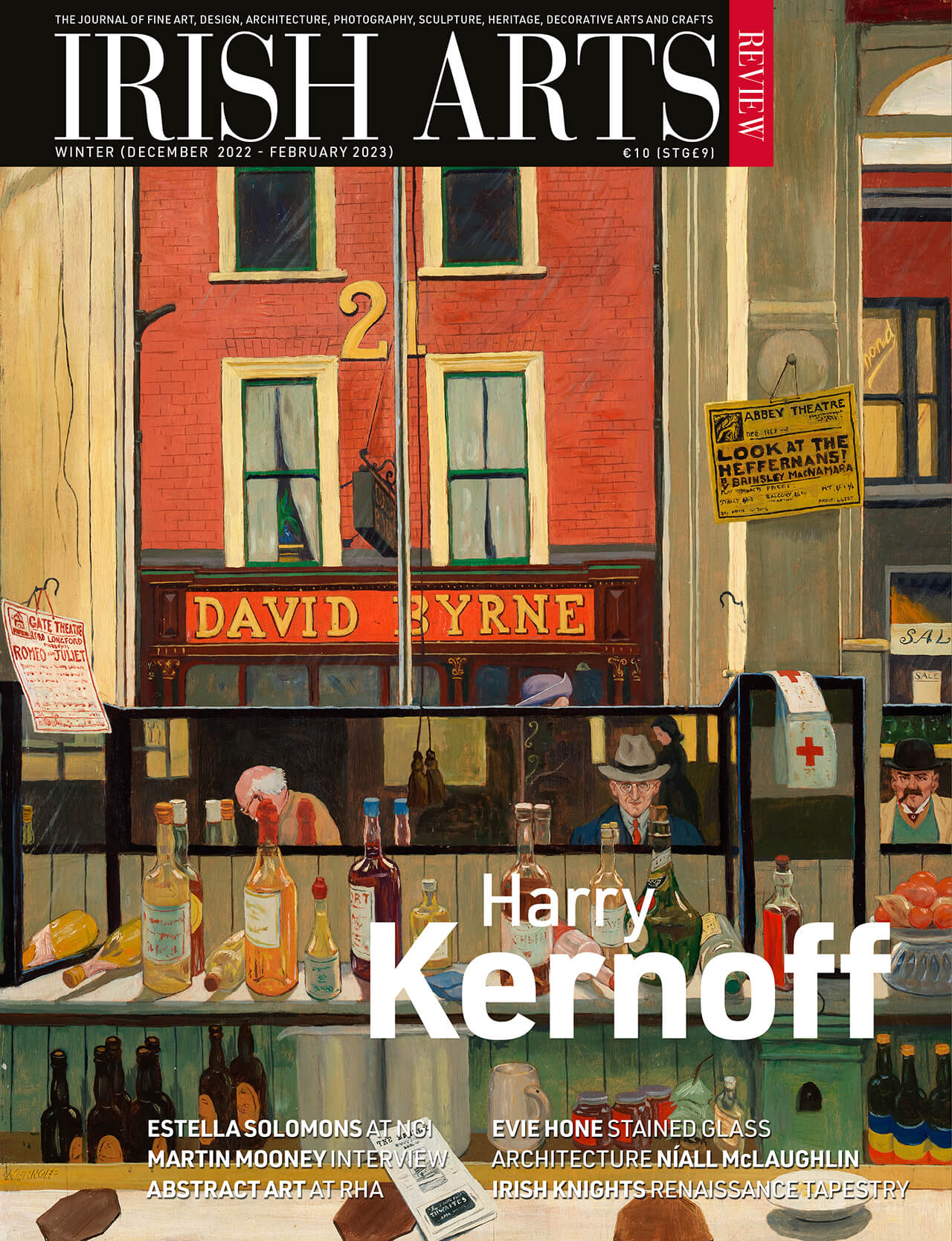
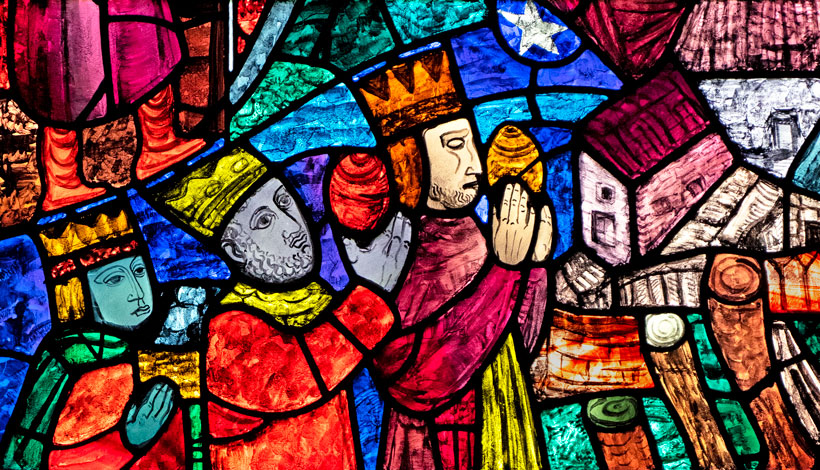
Joseph McBrinn charts the history of Evie Hone’s Tullabeg windows, which illustrate scenes from the life of Christ
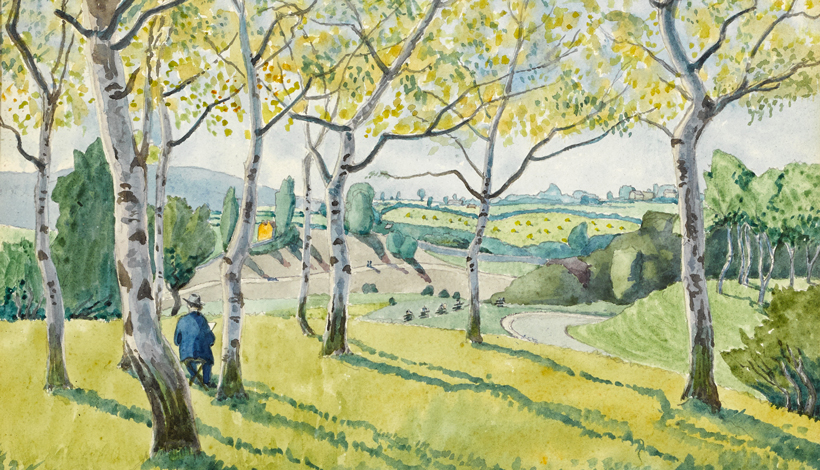
Brian Fallon remembers a modest exhibition that began a love affair with the work of Harry Kernof
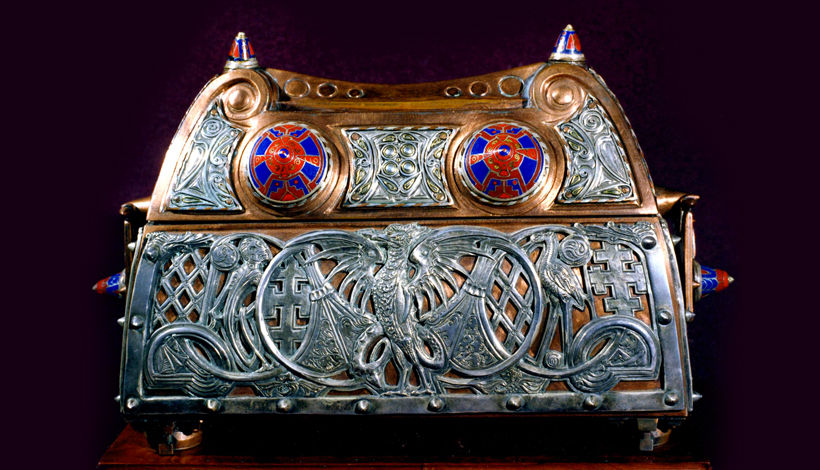
Síghle Bhreathnach-Lynch remembers a leading member of the Celtic Revival, artist Mia Cranwill